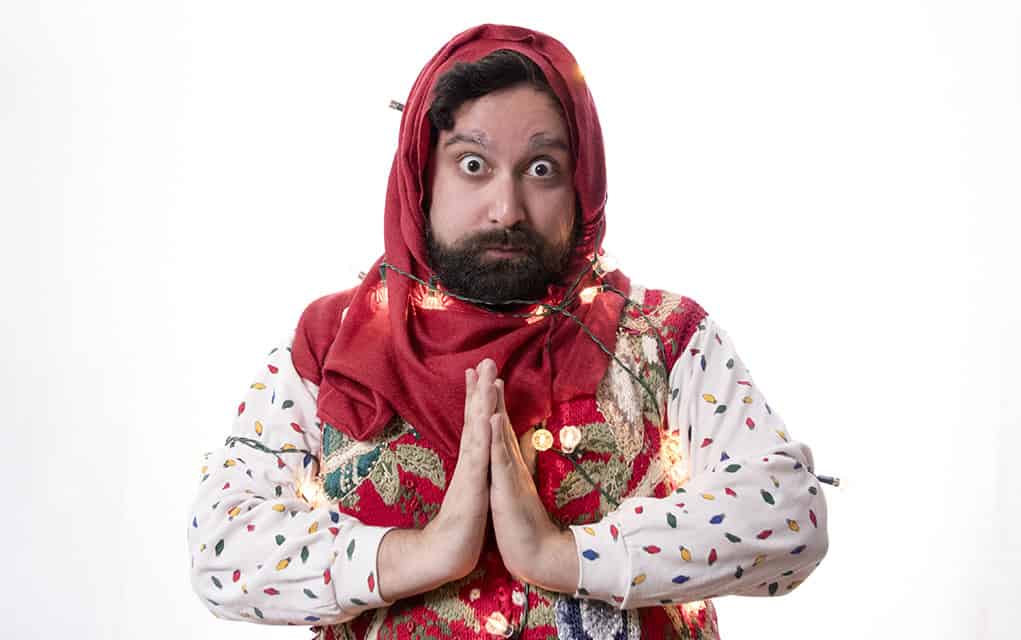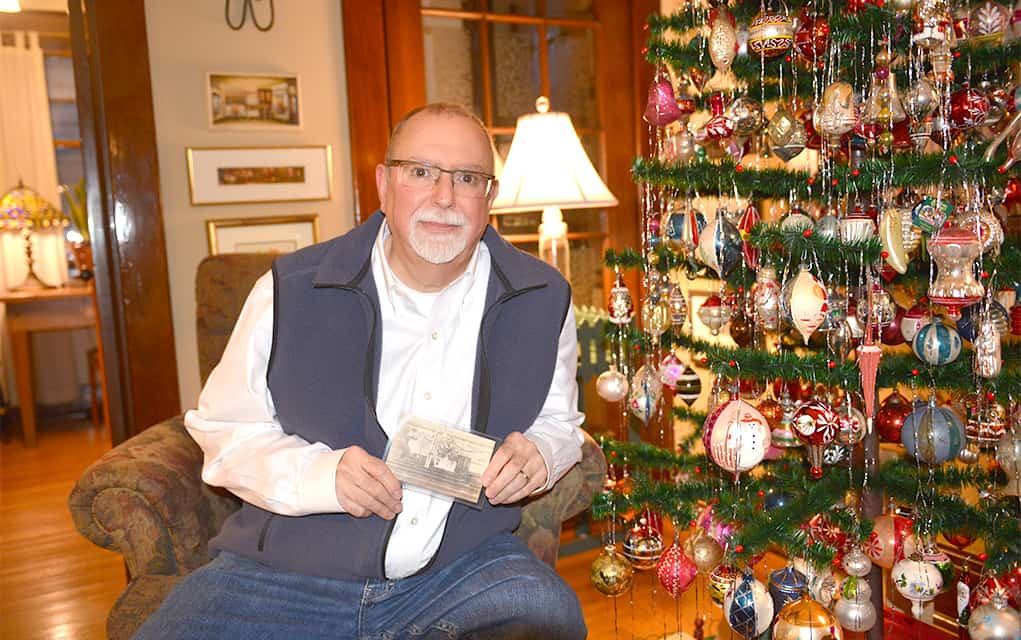;
;
;

Social media and email mailing lists make it quick and easy to share holiday greetings today. For a century and a half before the emergence of the Internet, however, we relied on printed Christmas cards and even postcards for sharing best wishes with others. The ritual of writing out cards, addressi
Last updated on May 03, 23
Posted on Dec 20, 18
4 min read
